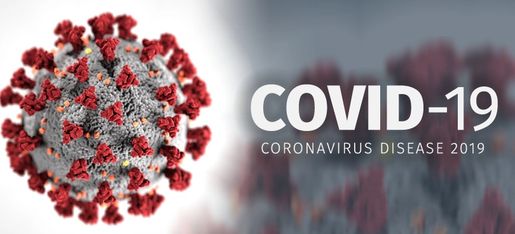Chiropractic Treatment for Mechanical Dysfunction
Cervicogenic Headaches
Cervicogenic Headaches
Cervicogenic Headaches

A primary cause of head pain often due to a loss of curvature in the neck, affecting nerves, muscles, and blood supply to the head.
General aches and pains including tightness within joints, muscles especially in the back, shoullders, neck and abdomem leading to muscles spasms, Fatigue, Stress and anxiety
Whiplash
Cervicogenic Headaches
Cervicogenic Headaches

A trauma which occurs from a sudden acceleration deceleration event most commonly due to an auto accident. Upon impact, your body pushes deeply into your seat. Your head, momentarily isolated by your neck, delays its reaction while your body quickly reaches the limits of your seat belt. Then, your body instantly changes directions, moving forward to the limits of your seat belt. Now, your head starts moving backward in the opposite direction! Unrestrained by a seat belt, your head is jerked back and then forward beyond its normal limits. Specific chiropractic spinal adjustments help to restore proper motion and position of individual spinal bones which can help assure proper healing.
Scoliosis
Cervicogenic Headaches
Spinal Decay

A sideways bending of the spine which shows up as abnormal posture and then finally, deformity. If allowed to advance, it can interfere with the lungs, heart, and other vital organs. In the beginning, when it is easiest to correct, there are rarely symptoms. However, you may notice a high shoulder or low hip makes clothing fit poorly. Back and leg pains may develop[ but are overlooked as merely 'growing pains.' Neglect is the biggest danger
Spinal Decay
Mechanical Neck and Low Back Pain
Spinal Decay

Your body adapts to uncorrected spinal stress by depositing calcium into affected joint surfaces, ligaments, and connective tissues. As if the body is trying to mend a broken bone, it attempts to 'repair' the malfunctioning spinal joint by joining the two segments together! We call this slow, relentless, degenerative process 'spinal decay.' The second phase of decay is the result of the body's attempt to stabilize and 'splint' the malfunctioning spinal joint. The purpose of chiropractic care is to locate areas of the spine that are not working right and use specific 'adjustments' to improve its function and structure
Mechanical Neck and Low Back Pain
Mechanical Neck and Low Back Pain
Mechanical Neck and Low Back Pain

Most neck and back pain is caused by disorders of the spine. Muscle pain is a common symptom and is typically caused by irritation of the deeper muscles by the dorsal rami of the spinal nerve and in the more superficial muscles from a local reaction to the spine injury. Most spinal disorders are mechanical. Disk bulging or degeneration, osteophytes, spondylolysis, facet abnormalities are common causes of people with neck or back pain, The etiology of back pain, particularly if mechanical, is often multifactorial, with an underlying disorder exacerbated by fatigue, physical deconditioning, muscle pain, poor posture, weakness of stabilizing muscles, decreased flexibility, and sometimes psychosocial stress or psychiatric abnormality.
Extremity Pains
Mechanical Neck and Low Back Pain
Mechanical Neck and Low Back Pain

- Plantar Fasciitis
- Fibromyalgia
- Myofascial Pain
- SacroIliac Pain
- Sciatica
- Jaw Pain (TMJ) (Tempromandibular)
- Achilles Tendonitis
- Hip and Knee Pain
- Joint Pain, Arthritis
- Carpal Tunnel Syndrome
- Tennis/Golfers Elbow
(Lateral /Medial
Epicondylitis)
- Frozen Shoulder
(adhesive capsulitis)
Cookie Policy
This website uses cookies. By continuing to use this site, you accept our use of cookies. Privacy Policy

Covid-19 Announcement
Please review our posters and check in with the NHS app upon arrival. We advise wearing a face mask for your own protection. Please don't arrive early or bring unnecessary people with you. Avoid touching things unnecessarily. Finally, Consider your personal risk factors before coming for treatment.